
Biography
The focus of my research over the past years has been the question how stem cell technology can be harnessed to understand the function and dysfunction of neural circuits that control motor behaviour, and how stem cell-derived tissue can be used to regenerate neuromuscular circuits in adult mammalian animal models and, ultimately, in human patients. To this end, my group is undertaking projects aimed at i) assembling neuromuscular circuits from stem cell-derived, defined cell populations to study normal neural development and degenerative disease processes in vitro and ii) restoring motor function affected by spinal cord injury or Amyotrophic Lateral Sclerosis with human pluripotent stem cell-based neural grafts.
Please see my Research Staff Profile for more detail
Key publications:
- Machado et al., 2019. In Vitro Modeling of Nerve–Muscle Connectivity in a Compartmentalized Tissue Culture Device. Advanced Biosystems.
- Bryson et al., 2014. Optical Control of Muscle Function by Transplantation of Stem Cell–Derived Motor Neurons in Mice. Science.
- Machado et al., 2014. Reconstruction of phrenic neuron identity in embryonic stem cell-derived motor neurons. Development.
Research
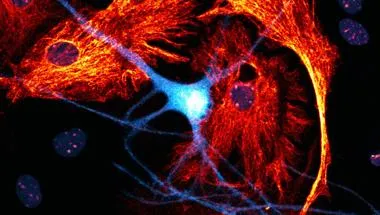
Lieberam Lab
The focus of the research has been the question how stem cell technology can be harnessed to understand the function and dysfunction of neural circuits that control motor behaviour
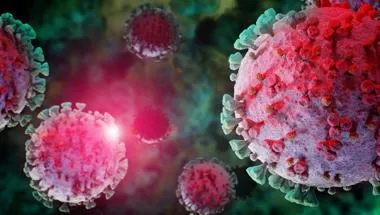
King’s MechanoBiology Centre (KMBC)
The King’s MechanoBiology Centre gives a common platform for researchers across different disciplines with complementary interests in mechanobiology
News
Legacy donations to fund research into bipolar disorder and multiple sclerosis
Gifts in Wills left by Margaret Potts and John Clitherow will enable two laboratory research projects into bipolar disorder, and fund a research project on...

King's researcher awarded UKRI funding for type 2 diabetes research
Dr Ivo Lieberam from King’s College London is leading a diabetes research project that has been awarded a total of £1.2m in funding from the UK Research and...
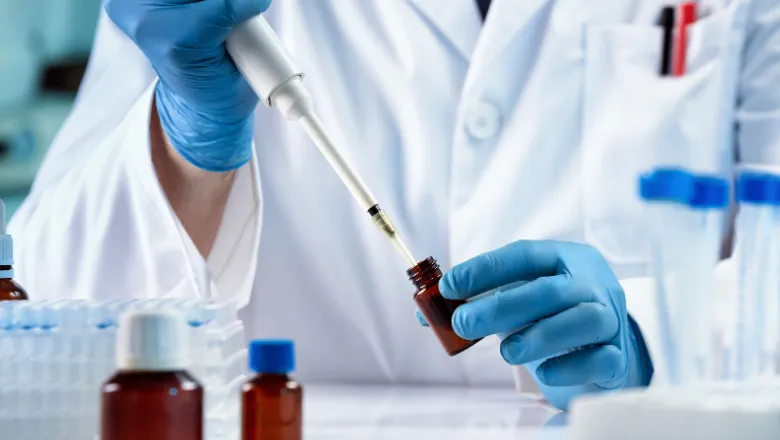
Research into axonal dysfunction in neurodegeneration awarded £3.9 million by Medical Research Council and the Motor Neurone Disease Association
Researchers will systematically investigate and design therapeutic strategies to address diseases at an early stage.

Specialised motor neuron region affected in amyotrophic lateral sclerosis
New study identifies the axon initial segment as the region driving abnormal regulation of neuronal activity in ALS
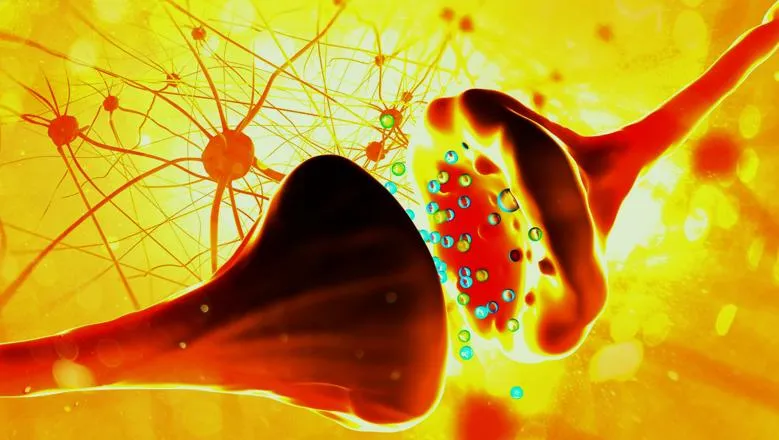
Researchers develop new method to find potential treatment for neuromuscular diseases
The innovative model will allow researchers to study neuromuscular diseases, such as Motor Neuron Disease, closer and may be suitable to screen potential...
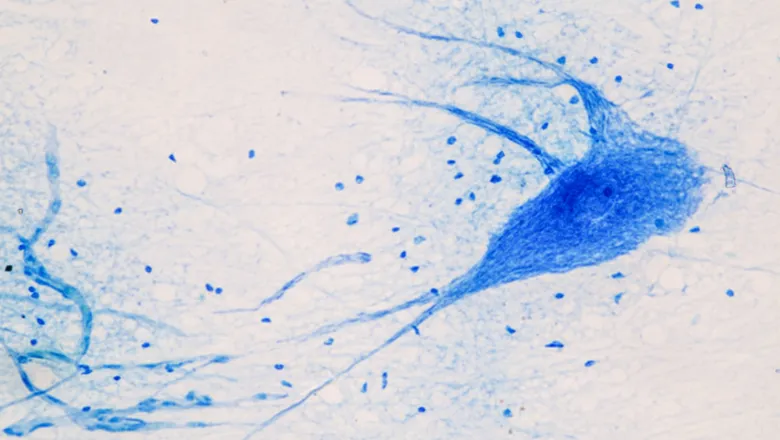
Microdevices to grow human neurons and muscle could accelerate the treatment of diseases like ALS
King’s researchers have developed a microdevice which mimics how muscle cells and neurons grow in the human body, allowing them to test preventative drugs for...
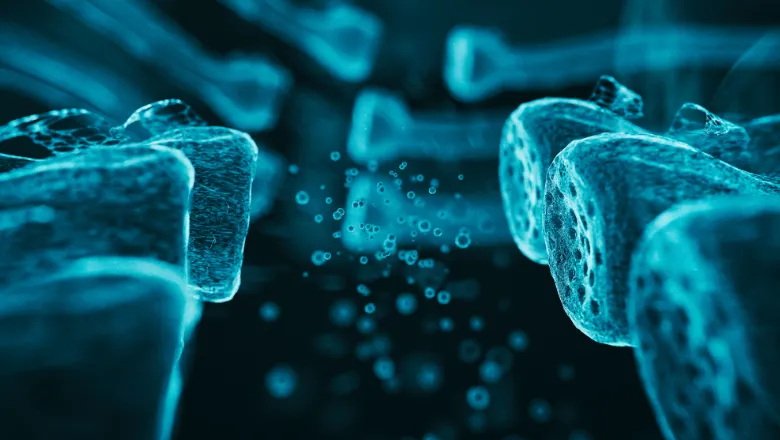
Researchers develop new method for specialising and purifying human stem cells into interneurons
The innovative method has the potential to advance understanding and treatment of spinal cord injury
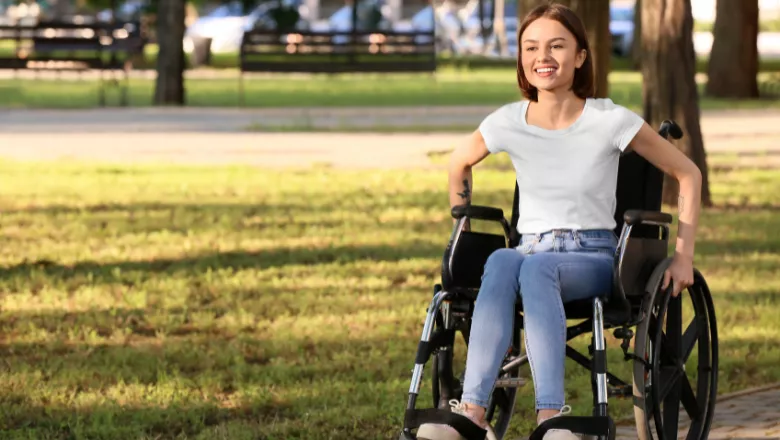
Researchers create synthetic scaffold to help grow lab muscle tissue
The nanofiber scaffold helps the growth of synthetic muscle tissues from stem cells, allowing scientists to understand the mechanisms of muscle diseases and...
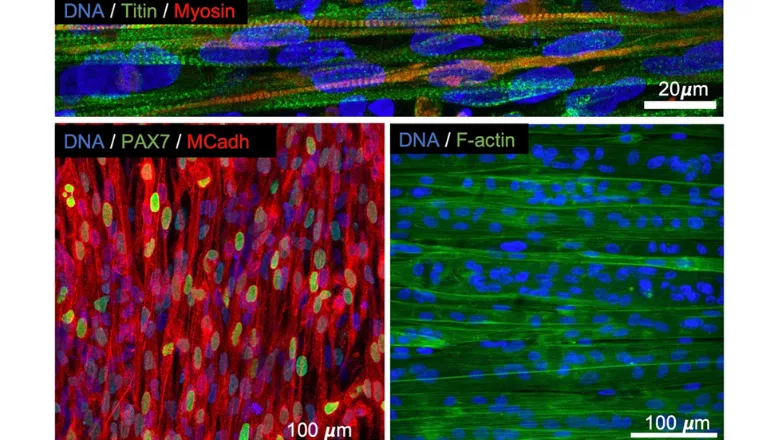
First neuromuscular circuit model for Duchenne Muscular Dystrophy
Researchers from the Lieberam lab have successfully controlled the activation of muscle fiber contraction by nerve cells in a culture dish.
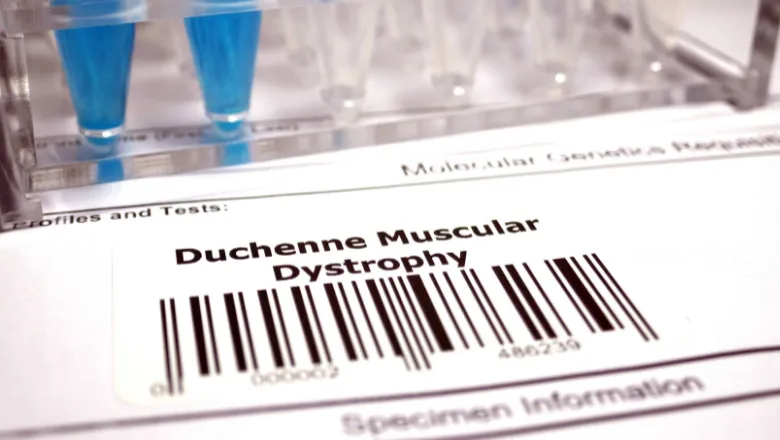
Research

Lieberam Lab
The focus of the research has been the question how stem cell technology can be harnessed to understand the function and dysfunction of neural circuits that control motor behaviour

King’s MechanoBiology Centre (KMBC)
The King’s MechanoBiology Centre gives a common platform for researchers across different disciplines with complementary interests in mechanobiology
News
Legacy donations to fund research into bipolar disorder and multiple sclerosis
Gifts in Wills left by Margaret Potts and John Clitherow will enable two laboratory research projects into bipolar disorder, and fund a research project on...

King's researcher awarded UKRI funding for type 2 diabetes research
Dr Ivo Lieberam from King’s College London is leading a diabetes research project that has been awarded a total of £1.2m in funding from the UK Research and...

Research into axonal dysfunction in neurodegeneration awarded £3.9 million by Medical Research Council and the Motor Neurone Disease Association
Researchers will systematically investigate and design therapeutic strategies to address diseases at an early stage.

Specialised motor neuron region affected in amyotrophic lateral sclerosis
New study identifies the axon initial segment as the region driving abnormal regulation of neuronal activity in ALS

Researchers develop new method to find potential treatment for neuromuscular diseases
The innovative model will allow researchers to study neuromuscular diseases, such as Motor Neuron Disease, closer and may be suitable to screen potential...

Microdevices to grow human neurons and muscle could accelerate the treatment of diseases like ALS
King’s researchers have developed a microdevice which mimics how muscle cells and neurons grow in the human body, allowing them to test preventative drugs for...

Researchers develop new method for specialising and purifying human stem cells into interneurons
The innovative method has the potential to advance understanding and treatment of spinal cord injury

Researchers create synthetic scaffold to help grow lab muscle tissue
The nanofiber scaffold helps the growth of synthetic muscle tissues from stem cells, allowing scientists to understand the mechanisms of muscle diseases and...

First neuromuscular circuit model for Duchenne Muscular Dystrophy
Researchers from the Lieberam lab have successfully controlled the activation of muscle fiber contraction by nerve cells in a culture dish.

